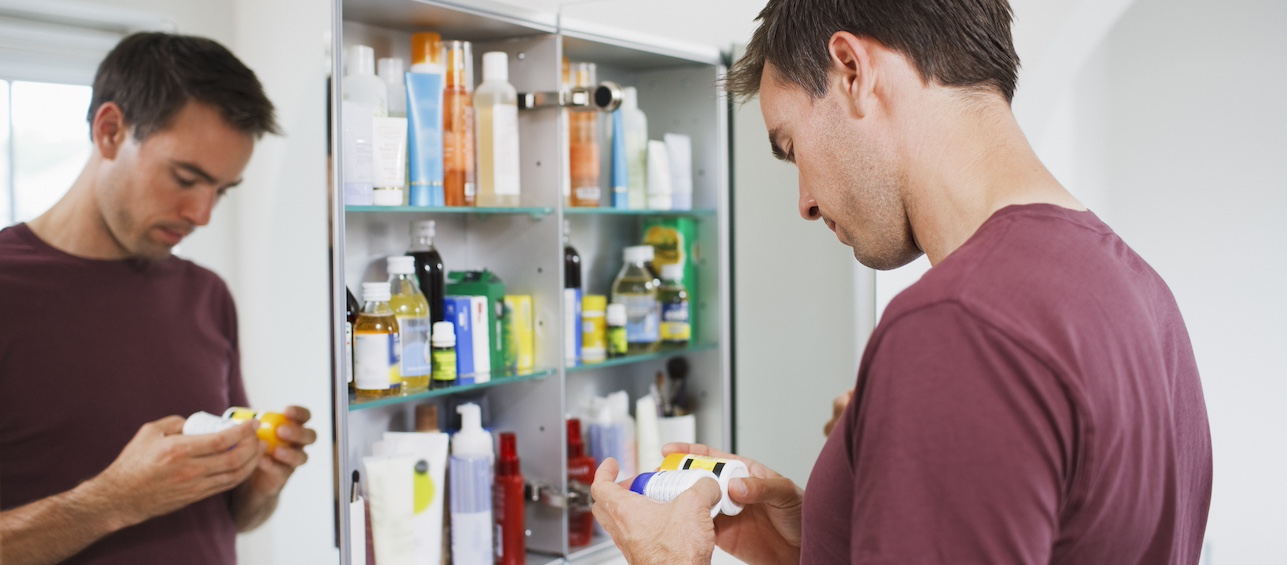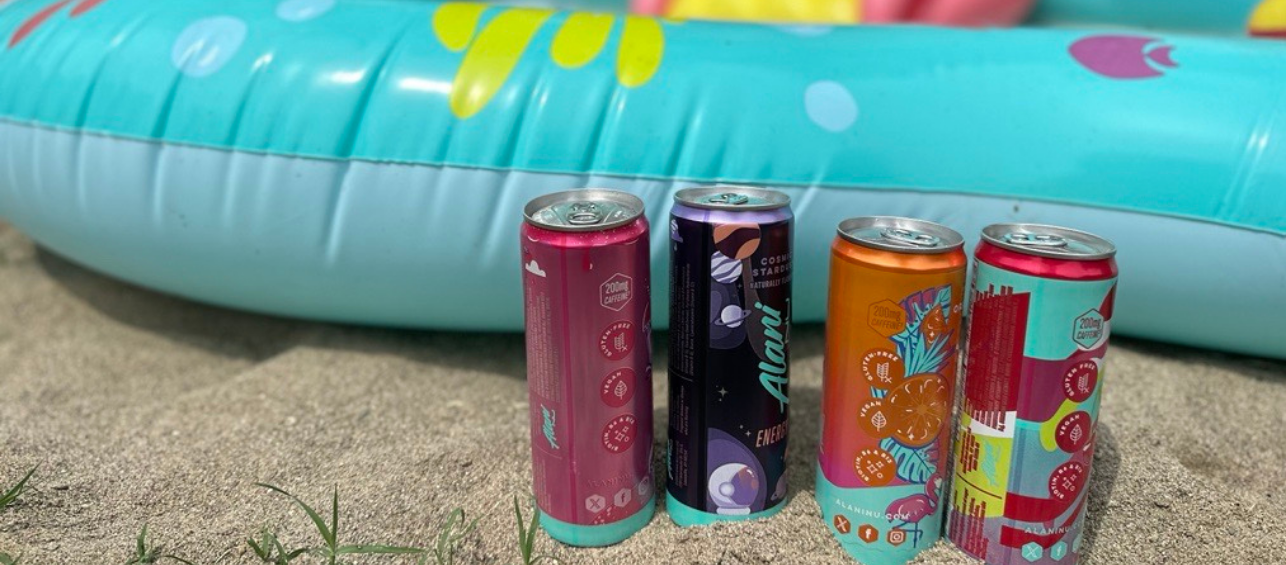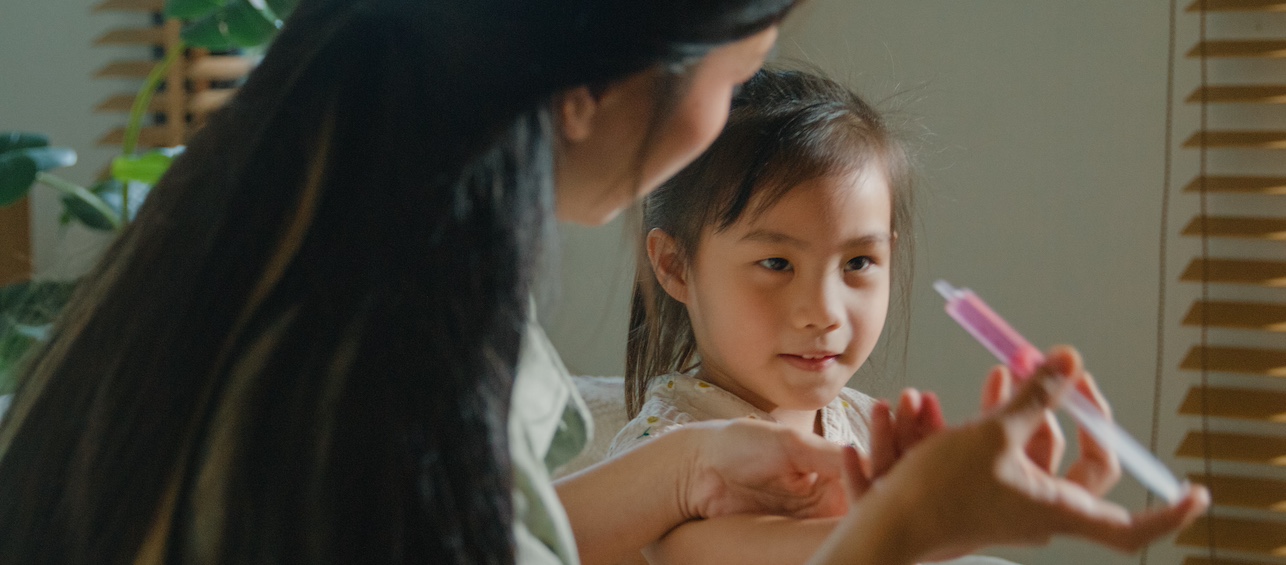It’s the time of year when many people like to clean and organize their homes. This often involves throwing out unwanted items, including prescription medications.
It is important to dispose of unused and expired medicines safely to help avoid accidental exposures and to prevent teen drug abuse.
Aim to go through your medicine cabinet regularly to clear out expired medications and those that are no longer needed. Here are some options for disposing of your drugs safely. Note that different medications may need different disposal procedures.
4 Ways to Dispose of Unused and Expired Medications
1. Drug Take Back Events
The United States Drug Enforcement Administration (DEA) hosts National Prescription Drug Take Back Days a couple of times a year. The next one will happen later this year. You can take medications that you no longer need — both prescription and over-the-counter — to these locations for proper disposal. Check the Take Back Day website for more information.
2. DEA Authorized Collection Sites
The DEA is now encouraging the public to make Every Day Take Back Day by using year-round collection sites to dispose of unneeded and unwanted medications. Visit their locator site to find a pharmacy, hospital, or business with a DEA-registered year-round collection near you.
Many local police departments also provide year-round drug disposal boxes.
3. FDA Flush List
It’s best to avoid flushing any medication — whether it’s prescription or over-the-counter — unless it’s on the FDA flush list. Flushing medications down the toilet is only recommended for specific drugs that primarily include strong pain medications. These medications should not be placed in a trash can because there is a potential risk of serious harm if someone accidentally swallows them.
Here is a list of medications on the FDA flush list.
4. Household Trash
If you do not have a drug take back option and you have medications that are not on the FDA flush list, you may dispose of the medications in the household trash. It is recommended to remove your unwanted medications from their original containers, mix them with an undesirable substance such as kitty litter or coffee grounds, and put them in a sealed plastic container or bag. Then put the mixture in the trash for pick up.
Be sure to remove any personal identifying information before throwing away the empty prescription bottles.
Together, we can keep our homes and communities safer by disposing of unused medications properly. If you have any questions, please call the Drug and Poison Information Center at 1-800-222-1222.





